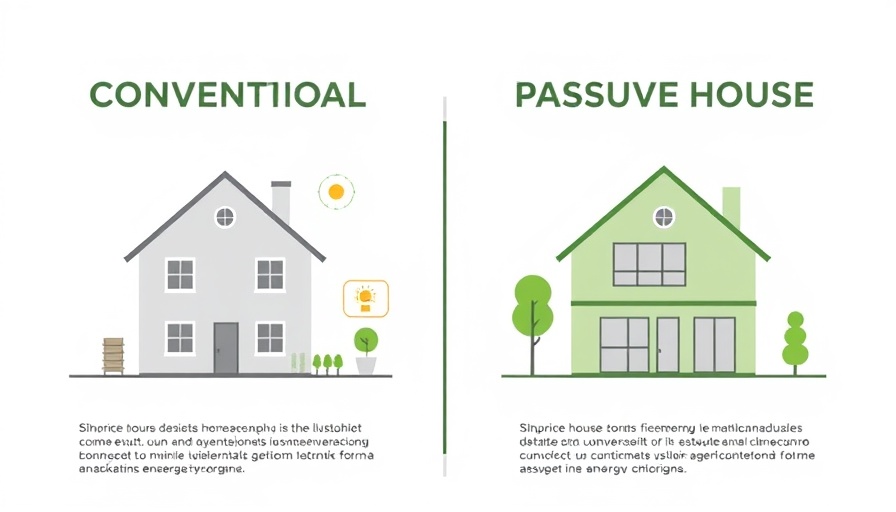
The Role of Building in Climate Action
The climate crisis is increasingly becoming a pressing issue for homeowners, prompting a pivotal question: how can construction, whether new builds or renovations, serve as climate action? At the core of climate action is the need to reduce reliance on fossil fuels – coal, oil, and gas – and to promote energy efficiency and renewable energy sources. As highlighted by the Carbon Tracker Initiative, a significant reduction in fossil fuel demand is crucial for achieving climate security.
Two Lenses of Understanding Building as Climate Solutions
When examining the intersection of building and climate action, we can adopt two distinct perspectives. The first focuses on the project site level, where the critical question arises: can my building achieve a net zero carbon footprint? This involves assessing whether the onsite renewable energy – often sourced from solar panels – can produce more energy than the building consumes over the year. It’s crucial to evaluate if this excess energy can offset the embodied energy used in the construction process.
Additionally, homeowners need to consider if their building is located in an area that promotes walking, biking, or using public transportation rather than being car-dependent. For instance, homes like the Madrona Passive House demonstrate how effective design can lead to energy-efficient outcomes. With a solar array generating more electricity than what the home uses, including charging an electric vehicle, it exemplifies the potential of modern construction methods.
Merging Local Actions with Global Impacts
The second lens of understanding is much broader. It takes into account regional, continental, and global scales of greenhouse gas emissions. According to the Kaya Identity, a formula used to analyze greenhouse gas emissions, at least one of the factors influencing emissions must reach zero for us to meet the net zero goal. While the global population is increasing, as is the desire for a higher standard of living, the pressure mounts on energy and carbon intensity. This is where building practices come into play.
By adopting energy-efficient techniques such as Passive House standards, builders play a significant role in reducing the energy intensity of buildings. Furthermore, integrating onsite renewable energy is a crucial step in lessening the carbon footprint of the broader energy mix.
Practical Steps for Homeowners
So, how can a homeowner contribute effectively to this narrative? First, consider home energy audits or inspections to identify energy loss points and explore options like energy-efficient windows and insulation. Investing in landscaping services in Cape Coral that promote shading can aid in reducing cooling costs and enhance the home’s energy performance.
With renovations, think ahead about kitchen and bathroom remodeling. High-efficiency appliances and fixtures not only conserve water and energy but often qualify for rebates or incentives. Finally, for roofing projects, consider materials that reflect heat or have high insulation ratings, which adds value and conserves energy.
Community Engagement and Local Solutions
Embracing climate action isn't solely an individual endeavor; community engagement amplifies efforts. By participating in local initiatives such as tree planting or community solar programs, homeowners can contribute to a larger shift in energy practices. These joint efforts enhance resilience against climate impacts and foster a sense of shared responsibility.
Final Thoughts: A Call to Action
Ultimately, the choices we make in our homes contribute to a larger movement for climate action. By prioritizing energy efficiency, exploring renewable energy, and working with professionals who understand sustainable practices, homeowners can play a significant role in addressing climate change. Whether it's through roofing projects or innovative landscaping services, every step counts towards a sustainable future.
For those interested in enhancing their home's efficiency, it’s time to seek out local experts—from landscaping services to bathroom remodeling—who specialize in sustainable practices. Let's turn our homes into beacons of climate action.
 Add Row
Add Row  Add
Add 




Write A Comment